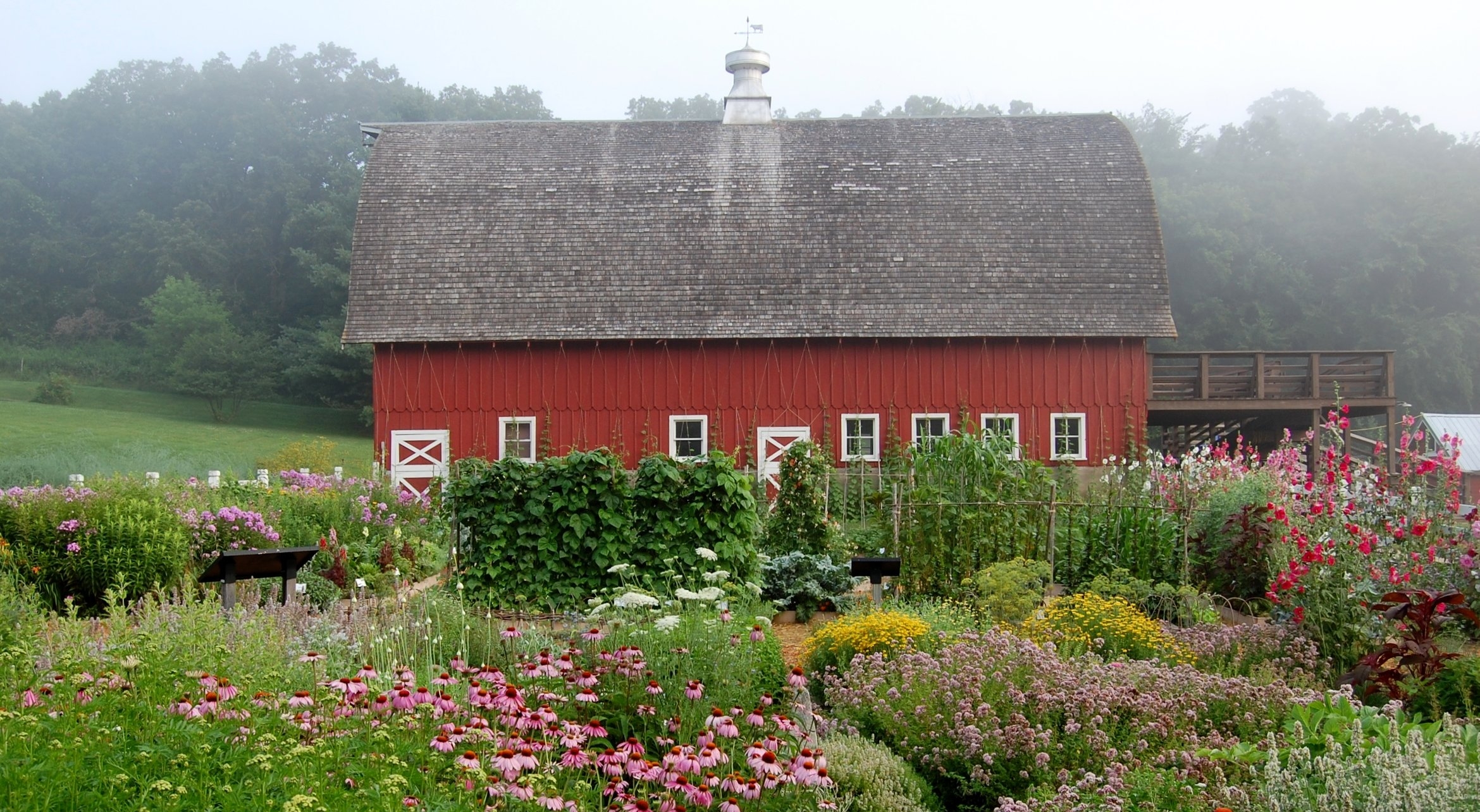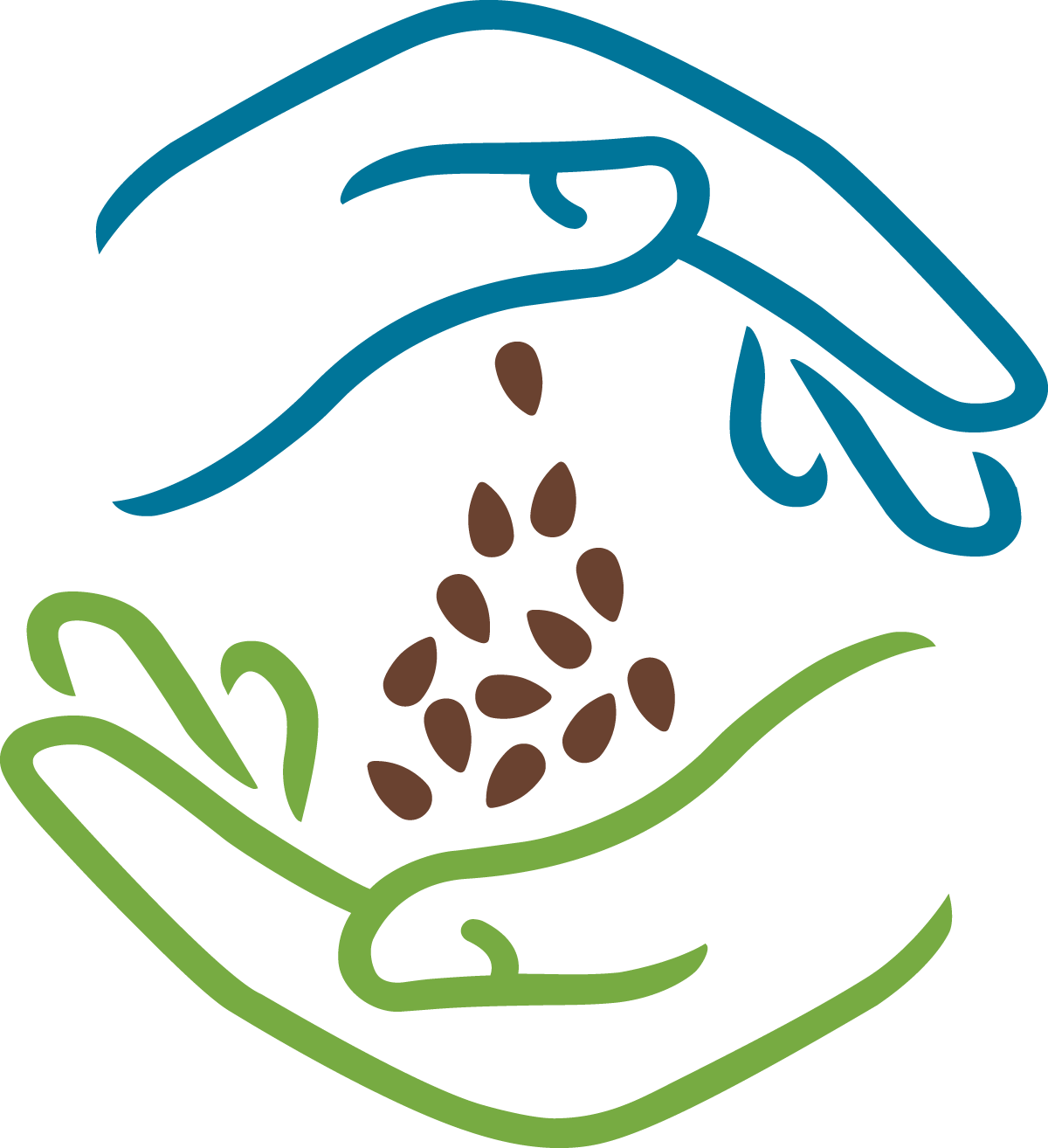According to William Woys Weaver’s 1997 book Heirloom Vegetable Gardening: A Master Gardener’s Guide to Planting, Seed Saving, and Cultural History, the lettuce we know as 732 ‘Paris White Cos’ was "sold in this country as early as 1802 by Bernard M’Mahon of Philadelphia. M’Mahon sold it under the name White Cos." Weaver describes the lettuce as “a heavy drinker and will never develop its famous crispness unless it is kept well-watered, none of which seemed out of the ordinary to me. But Weaver goes on, “This is also one of the popular lettuces that was used for stewing..." Yes, you read that correctly. Stewed lettuce. It sounded slimy to me, but intriguing nevertheless.
Read More






















